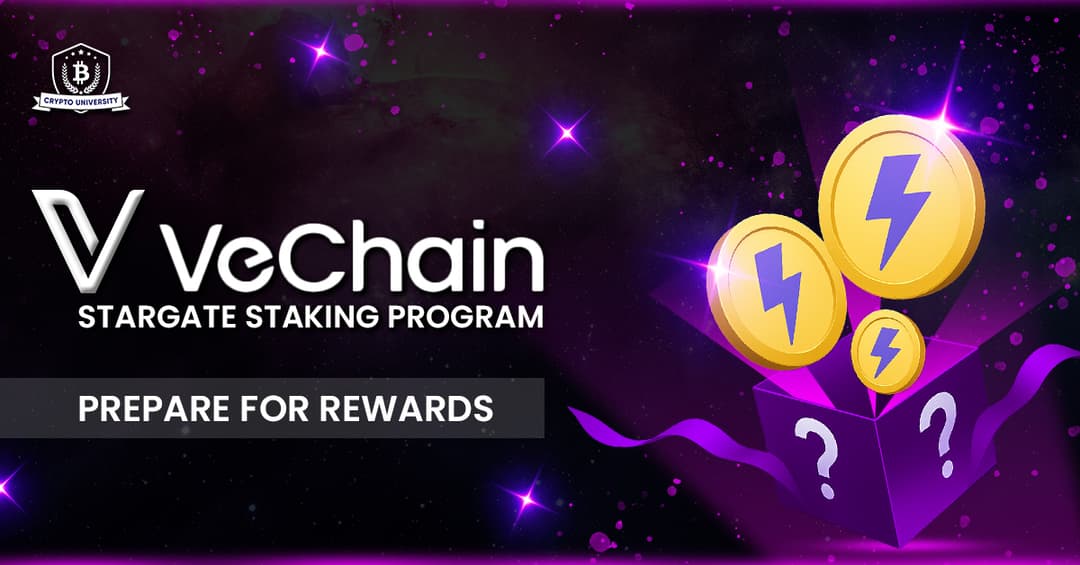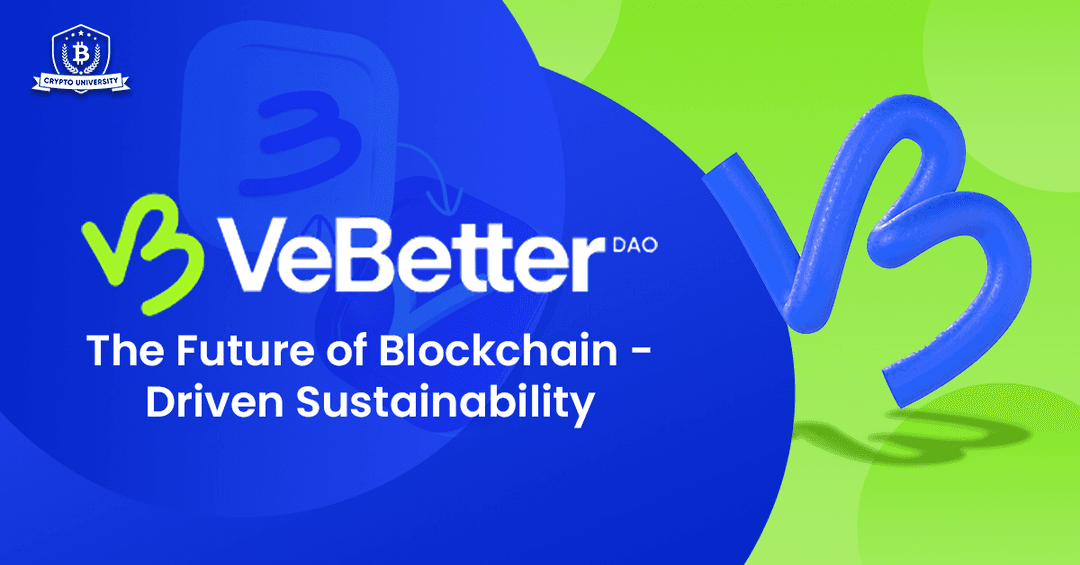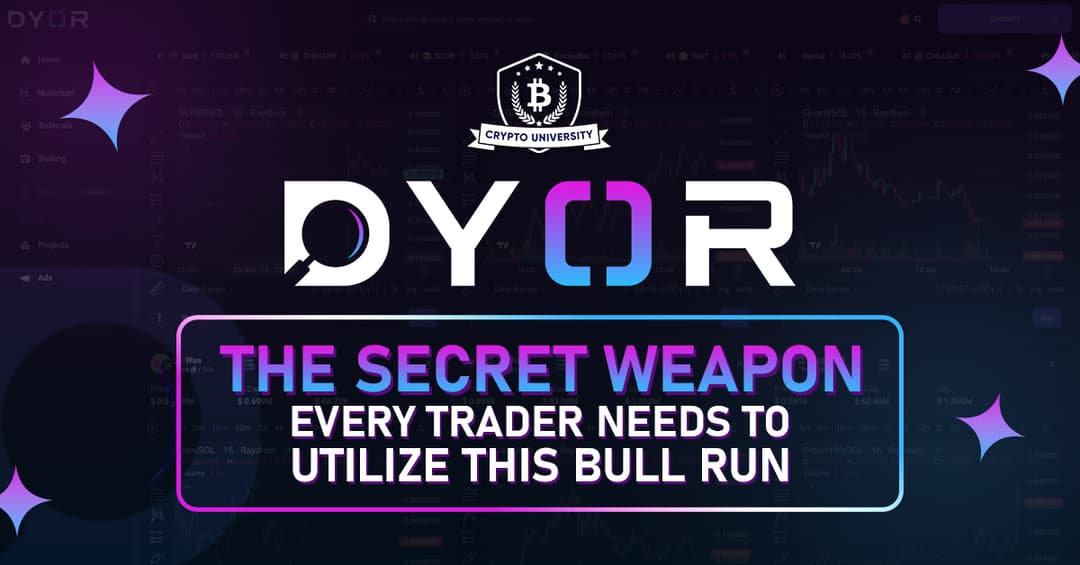No Adverts are available No Adverts are available
No Adverts are available
100X Profit: Exploring The Runecoin Cryptocurrency
Cobham Peter Eyo • 31 August 2024
 No Adverts are available
No Adverts are availableThe cryptocurrency community has responded to Runecoin's launch plan with great enthusiasm and rapid acceptance, demonstrating its effectiveness. Runecoin is a great choice if you enjoy the mix of modern tokenizing alternatives with traditional blockchain protocols. It is a member of a brand-new class of digital assets that adhere to the decentralization philosophy popularized by Bitcoin.
Utilizing the Runes protocol, Runecoin enables direct creation and management of digital assets on the Bitcoin network. As a result, Runecoin makes it possible to use Bitcoin in novel ways, such as developing DeFi applications and issuing new tokens.
What is Runecoin?
Rune coin is a new token standard for minting or etching meme coins within the BTC ecosystem using the Runes Protocol. These meme coins are also known as Bitcoin runes or rune coins. Some of the popular BTC runes minted so far include DOG, RSIC or Runecoin, and EPIC.
This integration highlights Runecoin's dedication to fostering the expansion and advancement of the Bitcoin ecosystem while also supporting its decentralized character.
The way that Runecoin is distributed and engages the community is what sets it apart. Runecoin uses a novel form of sharing based on ordinal theory called pre-rune. The coin was introduced at the same time as the most recent Bitcoin halving, when the network was receiving greater attention. By allowing users to participate in the network's growth, this served to strengthen the community.
Tokenomics of Runecoin
Runecoin's tokenomics to understand what makes the asset unique.
Total supply and distribution
Runecoin's supply is limited to 21 billion tokens. Bitcoin also has a limited supply, but it's capped at 21 million. Most of the Runecoin tokens, 90%, were given for free to people who held RSIC ordinals. RSIC ordinals were the first collection of digital items given for free to early supporters of the ordinals protocol.
Team allocation
About 5% of the total token supply is reserved for the project's development team. This allocation aims to reward the team's continuous commitment and contribution to the project, aligning their interests with Runecoin's long-term success.
Stakeland allocation
2% of tokens are set aside for users of the Memeland staking platform, Stakeland, which has over 100,000 participants. This promotes the use of Runecoin and integrates it into a larger staking ecosystem, increasing its value.
Launch partners
3% of the tokens are allocated to launch partners, including Launchpool and MM. Partnerships are vital to expanding Runecoin's adoption and integration, boosting utility and demand
Future Potential of BTC Runes?
The spike in the total market cap of already released rune coins shows that crypto users are taking an interest in these meme coins, thanks to their attachment to the market king, Bitcoin. As more and more runes are etched, this market cap is expected to rise further, leading the BTC ecosystem to expand.
Apart from that, the more BTC runes are released in the market, the lesser the demand would be for the old ones, as all of them follow the same etching protocol with no innovation or major distinction to compete against each other or other popular meme coins in the market like SHIB, DOGE, or PEPE.
How Runecoin was distributed on the Bitcoin network
Runecoin took a unique approach to distributing its tokens. Before the official launch of the Runes protocol, 21,000 ordinal inscriptions, called RSICs (rune-specific inscription circuits), were given out for free.
Runecoin was the eighth Rune to be etched on the Runes protocol and had an airdrop size of 888 Satoshis. That's no coincidence, with the number eight chosen because it's considered a lucky number in Asian culture. The asset also has a large token supply of 21 billion, which is a nod to Bitcoin's 21 million total token supply. With these similarities, Runecoin can be considered almost like Bitcoin's cousin.
Uses of Runecoin
Using the Runes protocol, Runecoin creates and manages digital assets directly on the Bitcoin blockchain. This makes it possible to use Runecoin in a variety of creative ways:
Decentralized Finance (DeFi): On the Bitcoin network, Runecoin can be used to create DeFi applications that facilitate decentralized borrowing, trading, and lending.
Token Creation: This feature extends the use cases of the Bitcoin blockchain beyond straightforward transactions by enabling the creation of new tokens on the network.
Digital Asset Management: Runecoin makes it simpler to issue, transfer, and track tokens directly on Bitcoin, hence facilitating the management of digital assets.
Keypoints of Runecoin
- Integration with Bitcoin: Runecoin operates on the Bitcoin blockchain, leveraging its security and decentralization.
- Tokenization: It enables the creation and management of tokens directly on the Bitcoin network, expanding its functionality.
- Decentralized Finance (DeFi): Runecoin supports DeFi applications, allowing for decentralized lending, borrowing, and trading.
- Digital Asset Management: It facilitates the issuance, transfer, and tracking of digital assets on the Bitcoin blockchain.
- Enhanced Security: By using the Bitcoin blockchain, Runecoin benefits from Bitcoin’s robust security features.
- Interoperability: Runecoin can interact with other blockchain networks and protocols, enhancing its versatility.
How to participate in the Runes protocol
Here are a few factors you should know before participating in the Runes protocol and trading Runecoin.
Acquiring Runecoin
First, you'll need to set up a Bitcoin wallet that supports the Runes protocol, which Runecoin uses. To use Runecoin on the Bitcoin network, you'll need to hold some Bitcoin for transaction fees. Wallets that work with the Runes protocol will let you manage and trade Runecoin easily.
Engaging with the market
Once your wallet is set up, you can participate in pre-Runes markets if available, or wait for Runecoin to become available on cryptocurrency exchanges that support Bitcoin-based fungible tokens.
Using Runecoin
Engage with platforms that accept Runecoin for transactions or services. Runecoin is designed for use on the Bitcoin network. It could be used for governance, voting, or accessing platform features that use its utility.
By following these steps, you can securely store and manage your Runecoin. If you need more detailed guidance on any of these steps, feel free to join our community network for more information.
Remember to research the exchange, fees, and security features before making a purchase. Additionally, be aware of market risks and price volatility, and only invest in products you understand.
What's next for Runecoin?
The future for Runecoin looks promising as it continues to evolve on the Bitcoin network. To maximize its use in the Bitcoin space, many believe it's important for the community to focus on broader adoption, better education, and ongoing development.
Adoption
The Runes protocol, which works with Bitcoin's UTXO model, offers a simpler way to create and manage tokens compared to earlier standards. This improvement could attract more users to Runecoin, making it easier to adopt on platforms and exchanges that support the new token standard.
Education
With the new ideas and technical challenges of Runecoin and the Runes protocol, it's important to teach people how to use the technologies. As an exchange that offers a Runes marketplace, we aim to make the protocol clear so people can join the network safely and with confidence.
Development
Runecoin's continuous development is vital to keeping the project relevant and efficient. Integration with Bitcoin's halving event has symbolic and technical significance, potentially reducing transaction fees and improving scalability and security.
Learn More with Crypto University
Eager to expand your knowledge in the crypto world and learn how to maximize your investments to profits, Crypto University is your go-to resource. From in-depth guides on decentralized finance to expert insights on trends, Crypto University empowers you to make informed investment decisions. Don’t miss out; join the community and take your crypto journey to the next level.
Share Posts
Copy Link
cryptouniversity.networkblog/100x-p...

Ambrose Okolo • 30 May 2025
VeChain’s StarGate Staking Program: Unlocking Rewards by July 1, 2025
VeChain’s StarGate Staking Program launches July 1, 2025, offering massive VTHO rewards and lower staking barriers. It’s your chance to earn, support decentralization, and join blockchain’s next big leap.

Isaac Bandie • 26 May 2025
VeBetterDAO: The Future of Blockchain-Driven Sustainability
Small actions. Big impact. With VeBetterDAO, every eco-friendly choice earns you rewards. Join the movement that turns good habits into blockchain-powered incentives. vebetter.com
